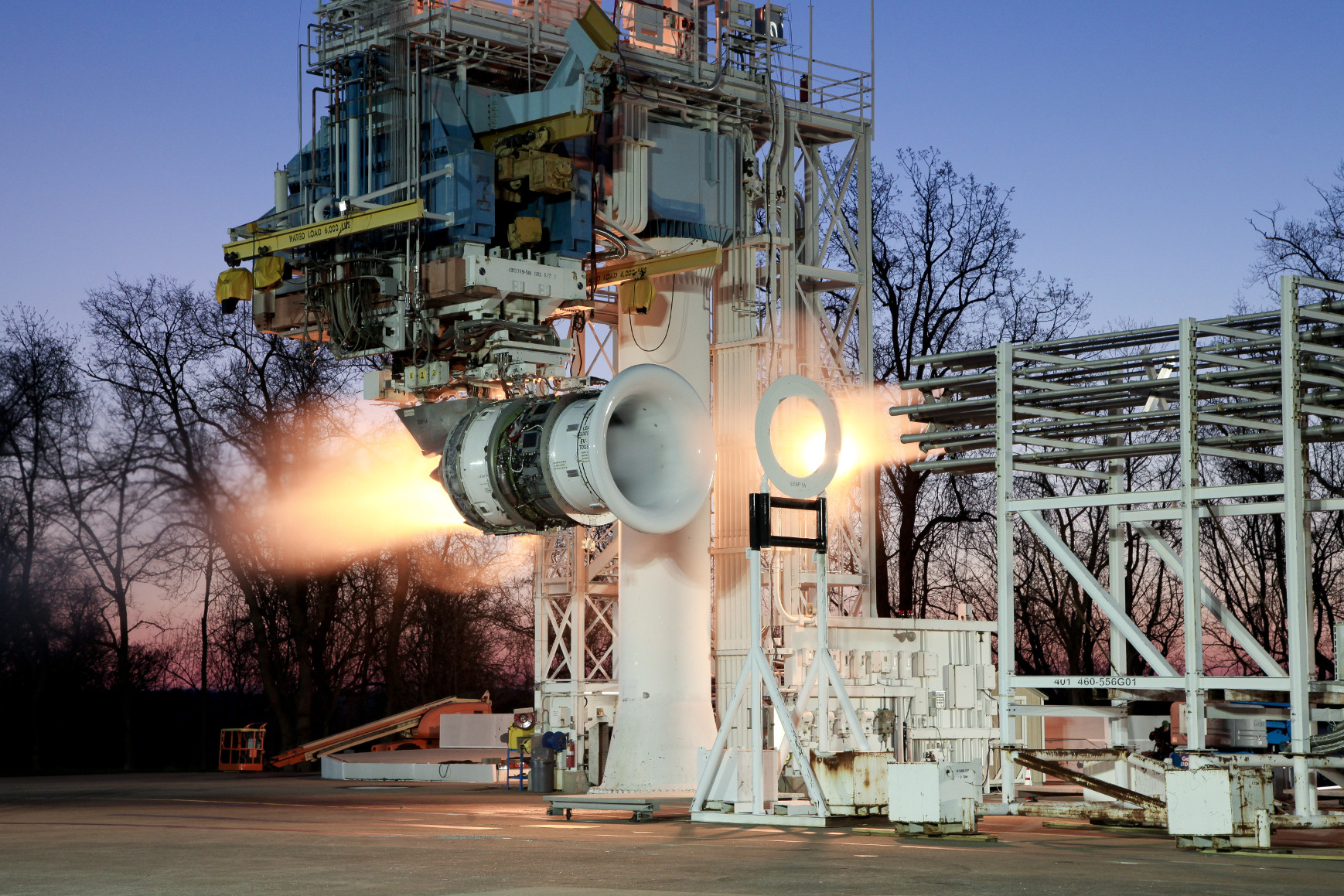GE has spent the last three decades developing a special kind of heat-resistant ceramic that is as tough as steel. The material, called a ceramic matrix composite (CMC), can withstand temperatures approaching 2,400 degrees Fahrenheit, where even the most advanced alloys grow soft.
GE Aviation started using CMC parts inside efficient jet engines like the LEAP, which powers the latest Airbus, Boeing and Comac planes. CFM International, the 50-50 joint venture between GE and Safran Aircraft Engines that developed the LEAP engine, has sold almost 14,000 of them, valued at more than $200 billion (U.S. list price). The GE9X, the world’s largest jet engine, which GE developed for Boeing’s next-generation 777X plane, will also have CMC parts.
The latest gas turbines from GE Power already work inside record-breaking power plants. In 2016, a power station owned by the French utility EDF reached 62 percent efficiency. Guinness World Records anointed the station as the world’s most efficient combined-cycle power plant. GE engineer John Lammas, chief technology officer for GE Power’s gas turbine business says that CMCs will help push efficiency to 65 percent.


Brian Wang is a Futurist Thought Leader and a popular Science blogger with 1 million readers per month. His blog Nextbigfuture.com is ranked #1 Science News Blog. It covers many disruptive technology and trends including Space, Robotics, Artificial Intelligence, Medicine, Anti-aging Biotechnology, and Nanotechnology.
Known for identifying cutting edge technologies, he is currently a Co-Founder of a startup and fundraiser for high potential early-stage companies. He is the Head of Research for Allocations for deep technology investments and an Angel Investor at Space Angels.
A frequent speaker at corporations, he has been a TEDx speaker, a Singularity University speaker and guest at numerous interviews for radio and podcasts. He is open to public speaking and advising engagements.


That’s great now give the contract to build it to china or korea or japan so they can get the technology so they can surpass us.
Why isn’t GE barging into the rocket engine business? Goodness knows that they have a deeper engineering heritage than outfits like SpaceX or Blue Origin. By building a better rocket engine, they could make themselves key players in the emerging space economy. Given the recent lackluster earnings reports, maybe they need to reinvent themselves in this newer direction.
Good question. Plus, now that reusability is transitioning from a “nice to have” to a “must have”, one would think that these CMCs would lead to less upkeep on the reused engines while also having decreased mass. You should hollar at them with an offer and get a nice 30/70 out of it 😉
GE does not waste resources on developing products that don’t have a high profit margin; they spin off segments that don’t grow. If GE isn’t building [insert product here], then it doesn’t have a solid business case. This is how GE has remained in business for 125 years; it is a financial company with a manufacturing arm. They don’t pick losers. All of GE competitors that strayed from this simple financial philosophy are gone. GE doesn’t invest in pop science. Turbine engine development is heavily subsidized by the largest consumer of turbine engines, the MIC. It is sure money. That is why GE continues to push the development of turbine engines.